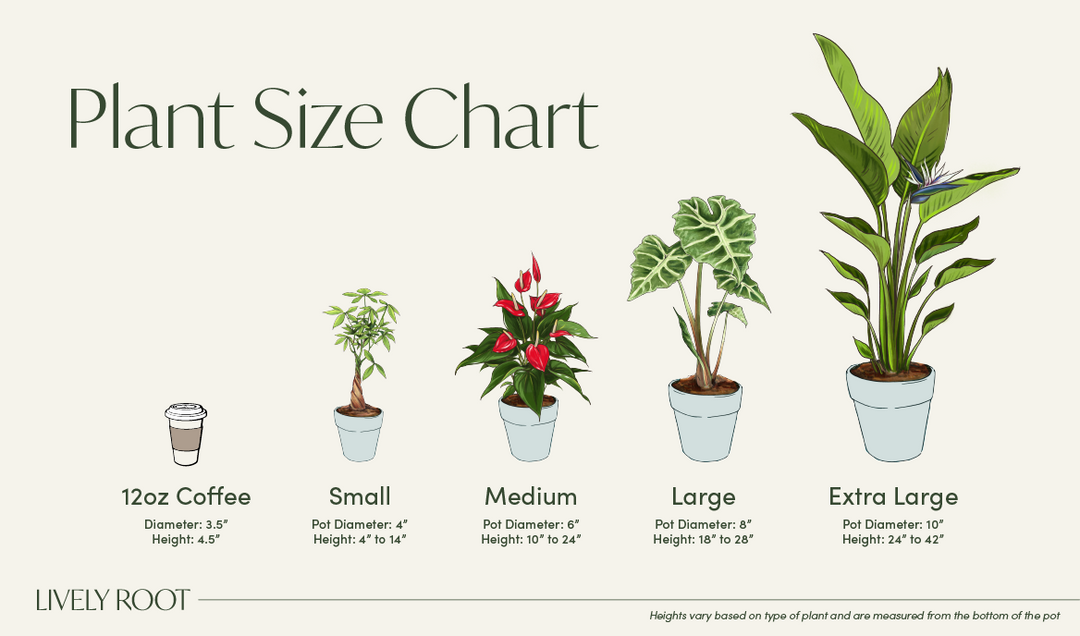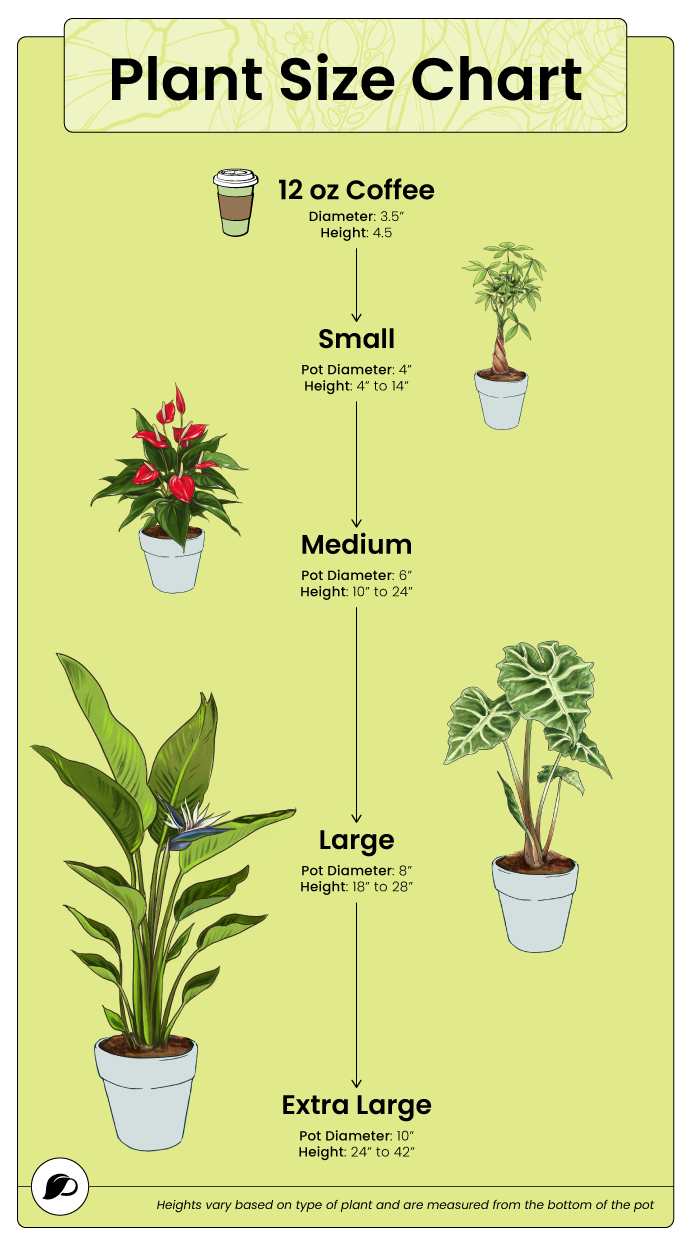Care Level:
Origins: South East Europe
Fun Facts: The name dill com...
The name dill comes from the old English word dilla, meaning “to lull” because it has been used to soothe stomach pain.


Dill leaves are known as the Dill herb, while dill seeds are used as a spice. This fresh herb, sent straight from our nursery to your kitchen, is perfect for pickles, potato salad, or anything needing a bit of a Mediterranean zing!
Care Level:
Origins: South East Europe
Fun Facts: The name dill com...
The name dill comes from the old English word dilla, meaning “to lull” because it has been used to soothe stomach pain.

Follow us @livelyroot & show us your #livelyroot plants

